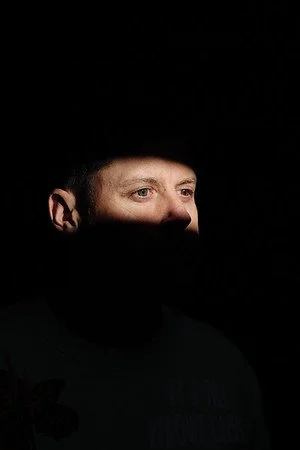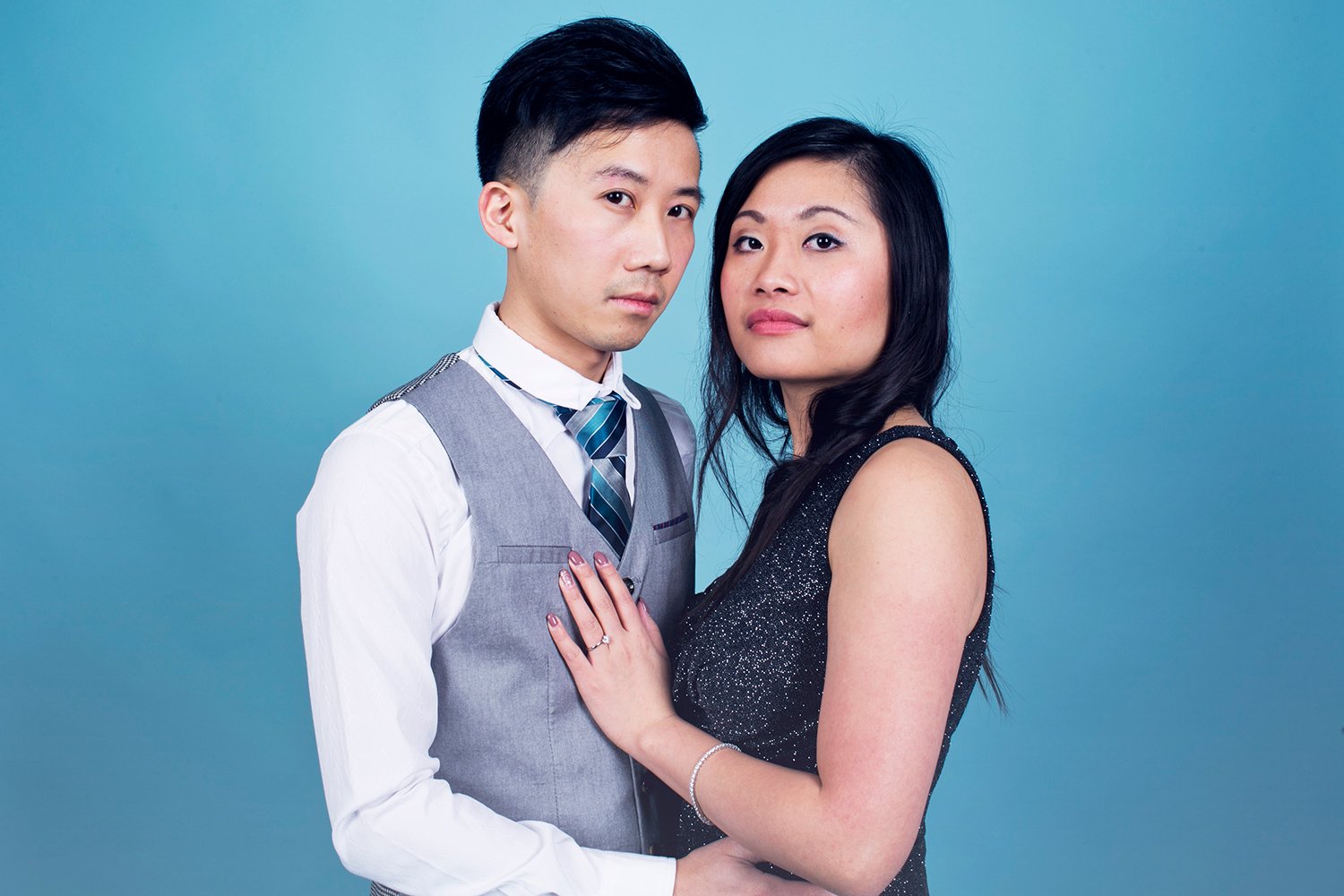3 Under-Rated Photography Tips
Written by: Scott Bruck & Fontaine Lewis/Shadow Box Studios
Photographers get a lot of advice. Whether it’s from YouTube gurus, your fellow photographers, or that old guy in the local Facebook group, it all seems to merge together. Some advice contradicts, and some tips just seem silly. It’s so easy to have it go in one ear and out the other.
We’ve created a list of tips that we think aren’t talked about enough, or perhaps are easily ignored. Hopefully, they can give you more direction and focus for your next shoot.
1. Photography is Painting with Light
I sometimes have to remind myself of this, because it's such a simple concept.
No photography without light, right?
Start with a pitch black room. No windows. Maybe you're in quarantine again. Maybe you're asleep.(Straight jacket optional.) Either way, no photos.
Add a small crack of sunlight (perhaps after you've punched a hole in the wall after a nervous breakdown). You now have light, color, direction, shadows...as well as a possible escape route.
Now you can paint. Create. Shoot. Remember...you can control the light. Make the scene your canvas.
Photography by Fontaine Lewis
Photography by Fontaine Lewis
Not every location or shooting situation will have the perfect light you need. And sometimes you can’t bring your own. But, it’s your job to analyse the light available to you, see what positions it looks best on your subject, and make the most of it.
Action item ----> Dark studio. One light. Shoot, shape, control, play around and have fun.
2. Create a Connection With Your Subject
Awkward photographers take awkward photos. I'm not talking awkward-weird (which I like).
I'm not talking awkward-uncomfortable, (which I also think can be hilarious).
I'm talking awkward-awkward. You don't know what you're doing because you don't have a plan.
Whether your subject is an experienced model, a very pregnant expectant mother, or warehouse laborer who'd rather not have their photo taken...you have to create a connection.
Talk to them. Be yourself. Your personality shows in your photos. Direct them. They are looking for your instruction and vision. When they walked in, their defenses were up. In order to capture their true self in a photo, you have to ease their concerns and slowly bring their metaphorical walls down.
Commend them, make them laugh. Bring them into your world, show them a glimpse. Ask them sincere questions and you may even learn a thing or two. A real conversation with your subject will make them more comfortable, as well as more prepared to follow directions from you.
Also, don't be a creep. If you think a question might be too personal, it probably is. We want to be friends with our subjects, but not best friends, if you know what I mean. You are a photographer, not a therapist. They’re working with you to look their best and make art, not make sense of their deepest personal problems. We got more to say on this one, but we’ll leave that for another blog post.
Action item -----> Create a pre-shoot consultation form for your client to fill out. If you have trouble getting to know people on the fly, this will give you a solid foundation to work from.
3. Get Closer
This ties in with creating a connection. Once you have this with your subject, create the connection with your viewer. You want your viewer to be there in the scene.
For example, full body shots of couples walking are nice, but how much better is a closeup or warm embrace or kiss? Distance causes the viewer to become removed from the emotion in the scene, or distracted by other objects in the frame.
Getting closer takes trust, so earn it. Challenge yourself to shoot with a prime lens instead of zooming in. Get in the action. Getting closer also comes with its own compositional challenges, so get familiar with the focal lengths that you think work best. Personally, I prefer to get close with a 50mm, so my image doesn’t suffer from unnecessary distortion or enlargements.
Even with individual portraits, I've always preferred the connection of a headshot more-so. Less distraction, more emotion. Less about the apparel, more about the expression and feel. Also, if you shoot closer, it’s less likely your subject is going to worry about what their hands are doing!
Action item---> Shoot prime. Get close. Then get even closer. Then maybe back up a little, their nose is taking up too much of the photo.






